Homemade Process for Removing Pesticide from
When it comes to ensuring that our vegetables are clean and safe to eat, many people turn to store-bought vegetable washes. However, these products can be expensive and may contain harsh chemicals. Fortunately, you can make your own homemade vegetable wash using simple ingredients that you probably already have in your pantry. Not only is it more cost-effective, but it's also safer and better for the environment. Here are four homemade vegetable washes that you can try:
- Vinegar Solution: Combine one part white vinegar with three parts water in a large bowl or basin. Soak your vegetables in the solution for about 15 minutes, then rinse them thoroughly with running water. The acidity of the vinegar helps to remove pesticides and waxes from the surface of the vegetables.

- Lemon Juice and Baking Soda Soak: Fill a bowl or sink with water and add the juice of one lemon and a teaspoon of baking soda. Stir the mixture well and then soak the vegetables for about 10 minutes. The lemon juice acts as a natural disinfectant, while the baking soda helps to remove dirt and grime.
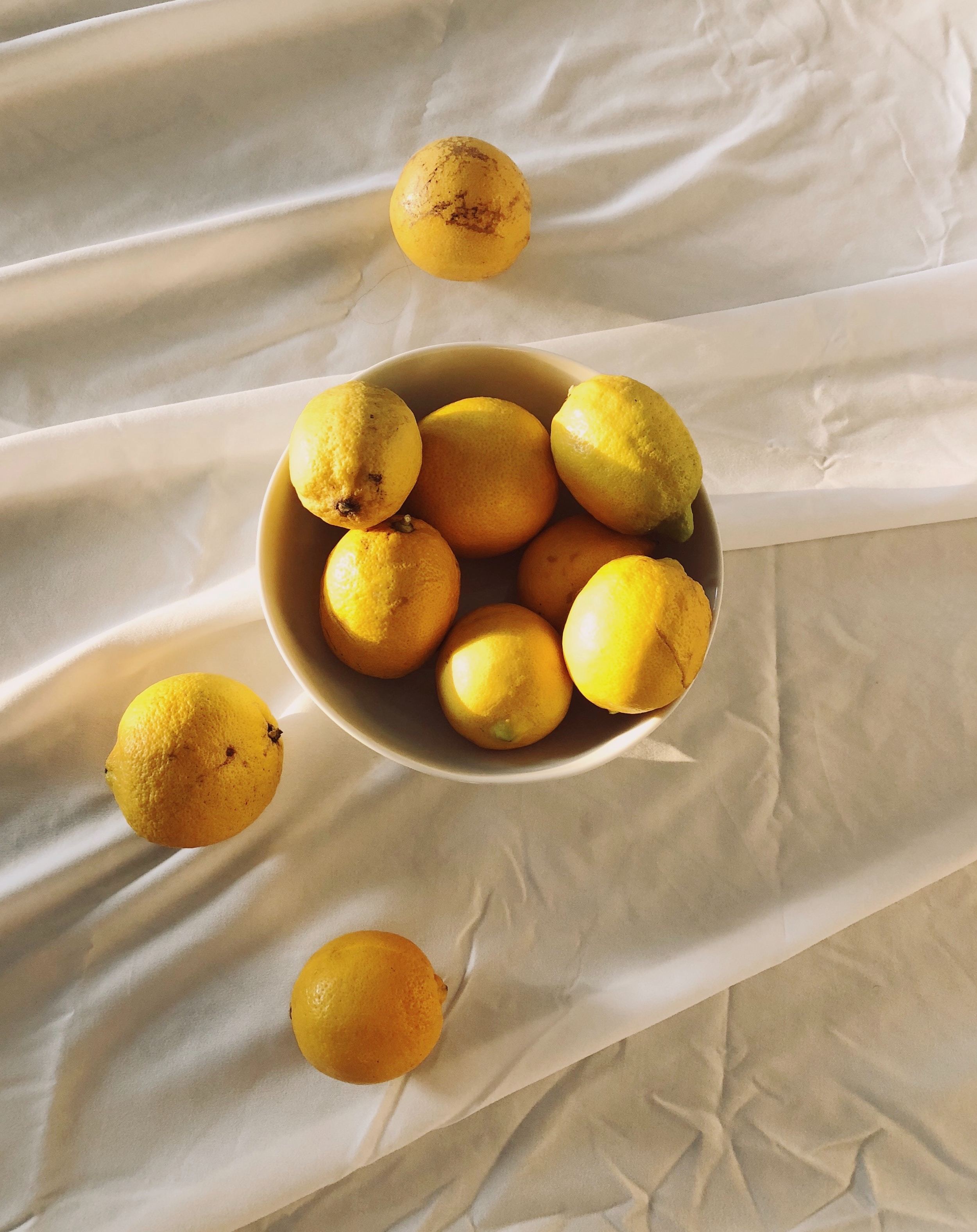
- Saltwater Soak: Dissolve four tablespoons of salt in one gallon of water. Soak your vegetables in the saltwater solution for a few minutes, then scrub them gently with a vegetable brush. Rinse the vegetables thoroughly with running water to remove any remaining salt.

- Hydrogen Peroxide Solution: Mix one part hydrogen peroxide with three parts water in a large bowl or basin. Soak your vegetables in the solution for about 10 minutes, then rinse them well with running water. The hydrogen peroxide helps to kill bacteria and remove pesticides from the surface of the vegetables.
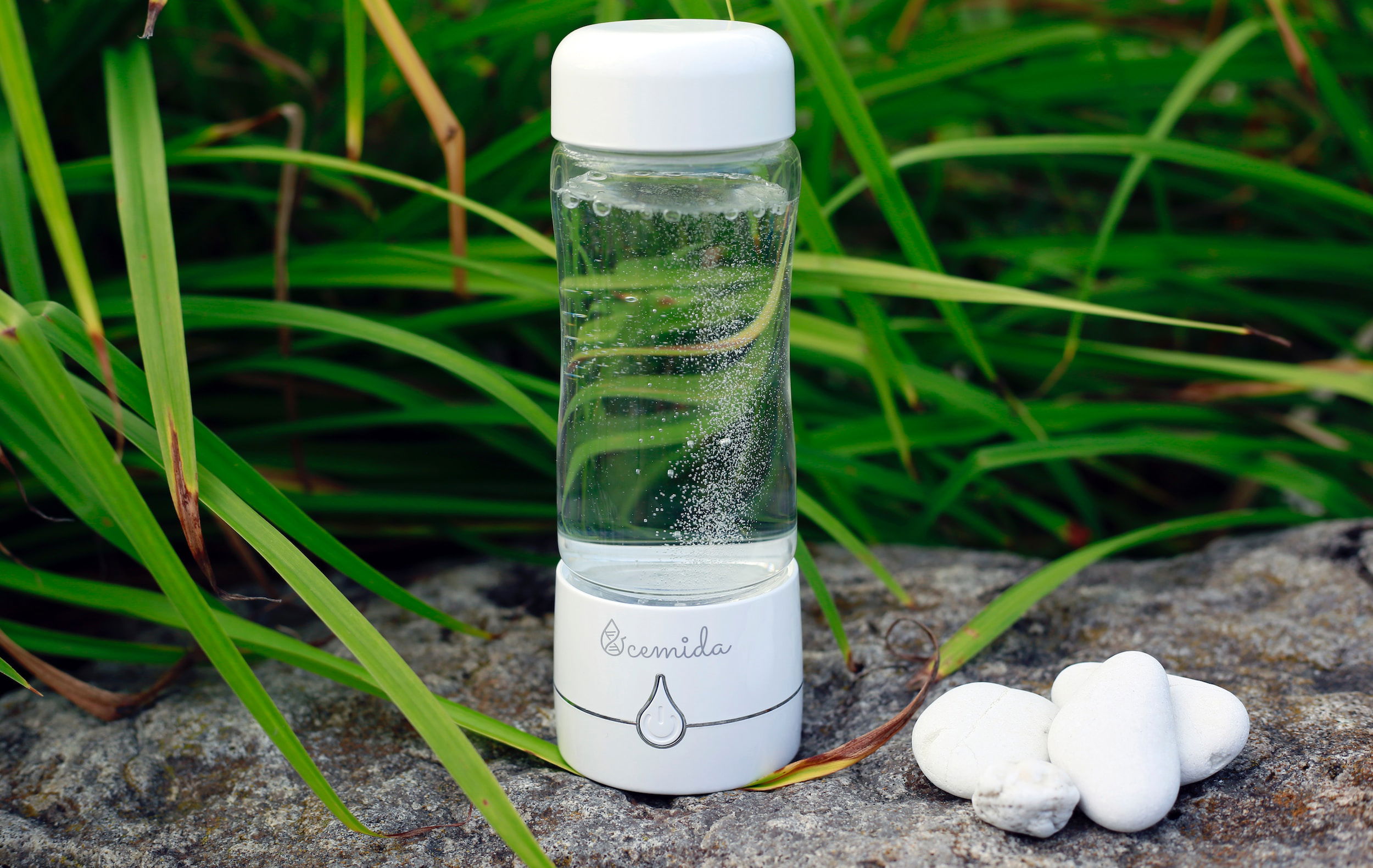
These homemade vegetable washes are effective in removing dirt, pesticides, and waxes from your produce. However, it's important to note that they may not remove all traces of chemical contamination. It's also essential to keep in mind that washing your vegetables does not eliminate all potential risks, so it's crucial to buy from reputable sources and follow proper food handling practices.
Here are a few additional tips to keep in mind when washing your vegetables:
- Wash Before Cutting: Wash your vegetables before cutting or peeling them. This reduces the risk of transferring any potential contaminants from the surface to the inside of the vegetable.
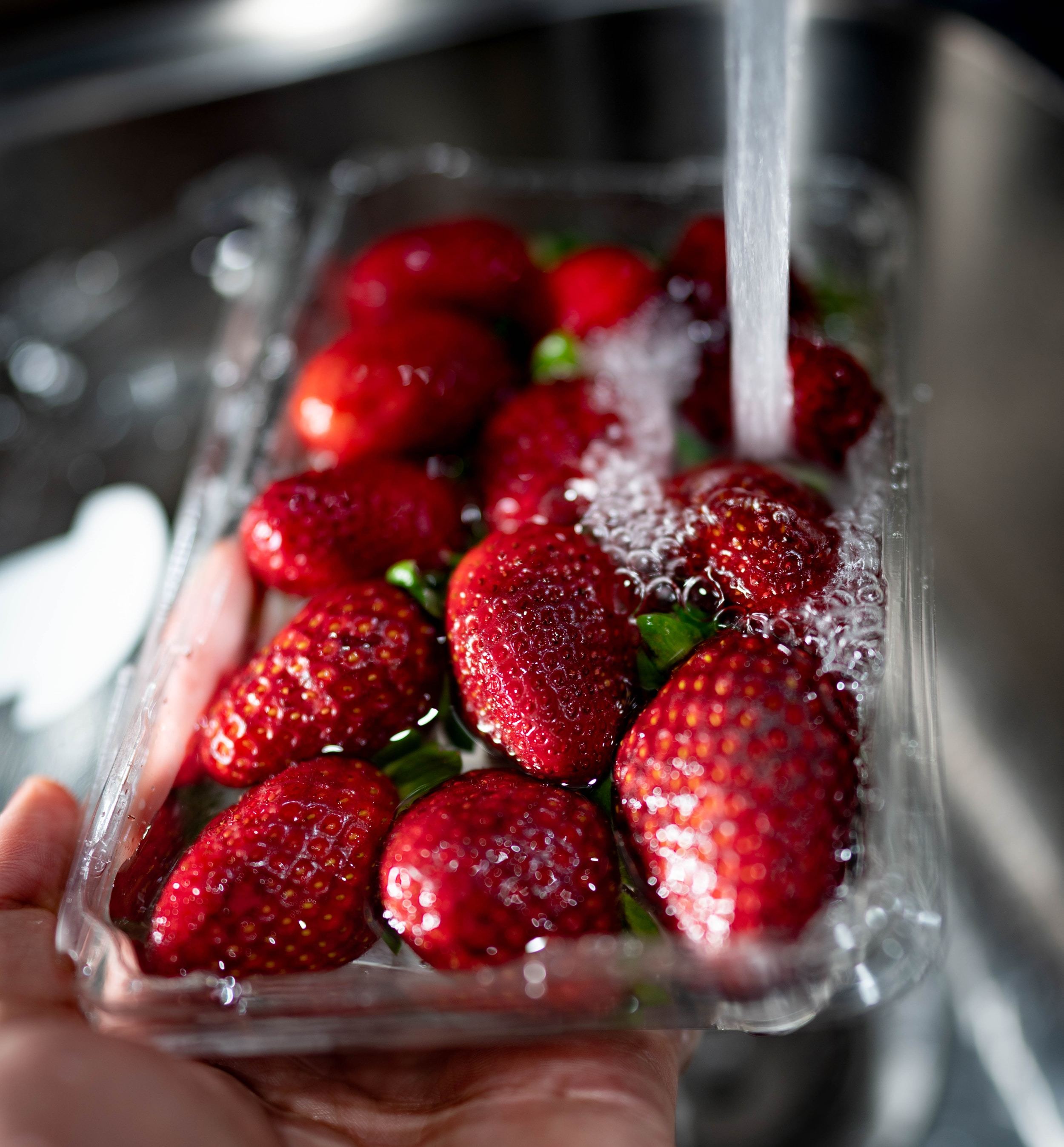
- Use a Vegetable Brush: When washing root vegetables or vegetables with a rough outer skin, like potatoes or cucumbers, use a vegetable brush to scrub away any dirt or debris.

- Remove Outer Leaves: For vegetables with multiple layers, such as lettuce or cabbage, remove the outer leaves before washing. This helps to get rid of any dirt or pesticide residue that may be trapped between the leaves.
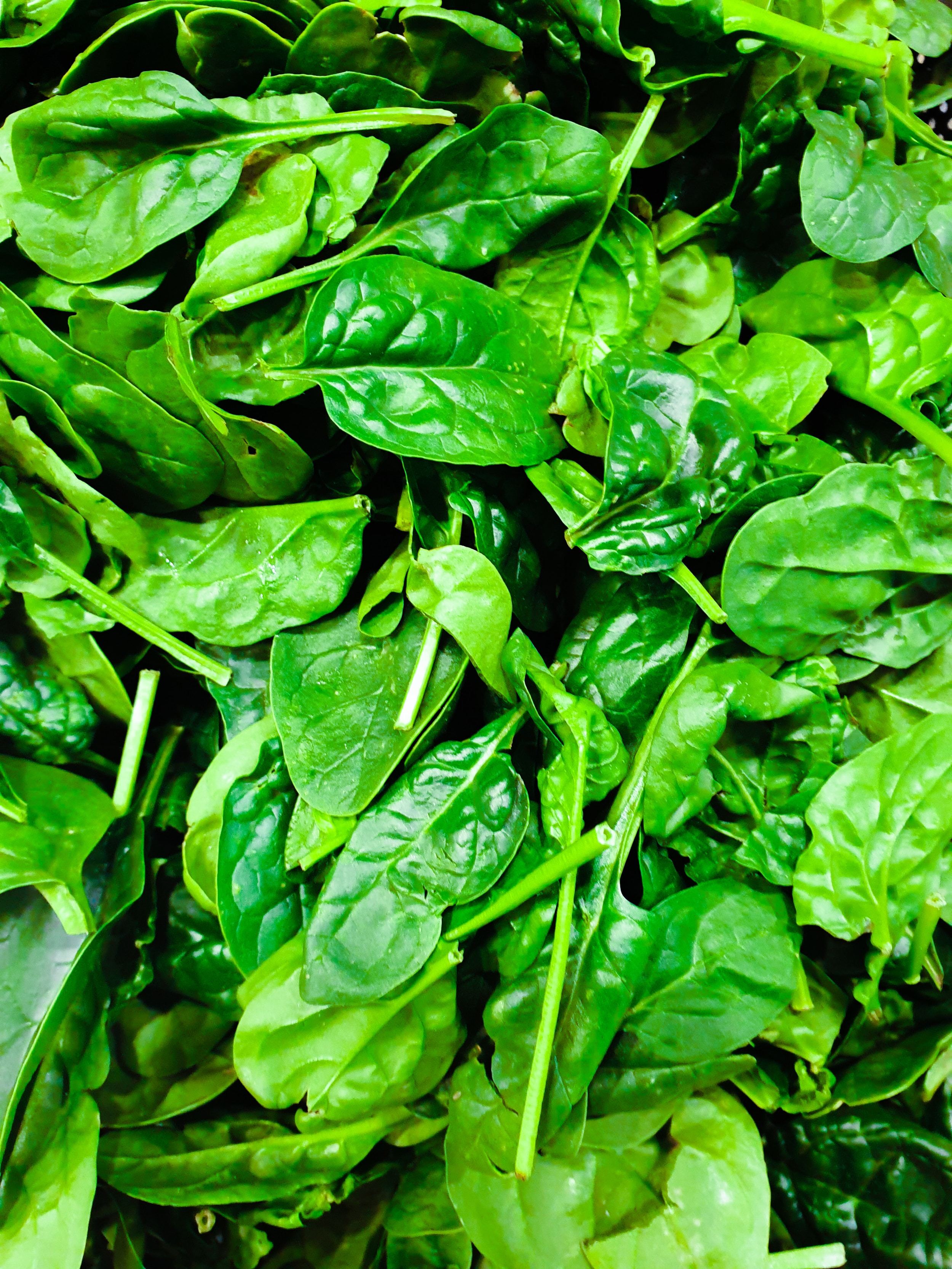
- Rinse Thoroughly: After soaking your vegetables in the homemade wash, always remember to rinse them thoroughly with running water. This helps to remove any remaining residue and ensures that you are not consuming any of the wash.
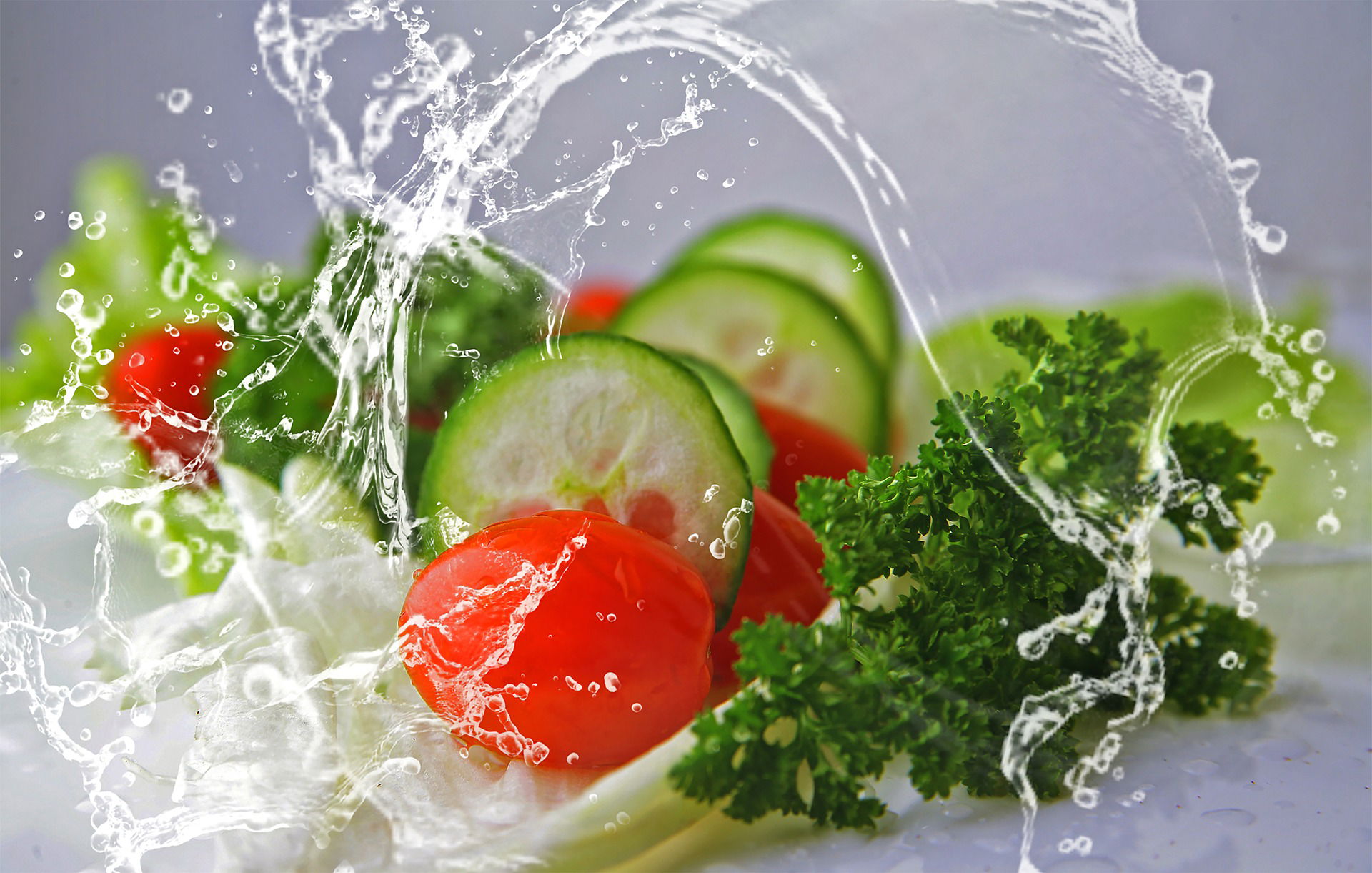
- Store Properly: After washing your vegetables, pat them dry with a clean cloth or paper towel and store them properly in the refrigerator. Moisture can promote the growth of bacteria, so it's important to remove any excess water before storing.
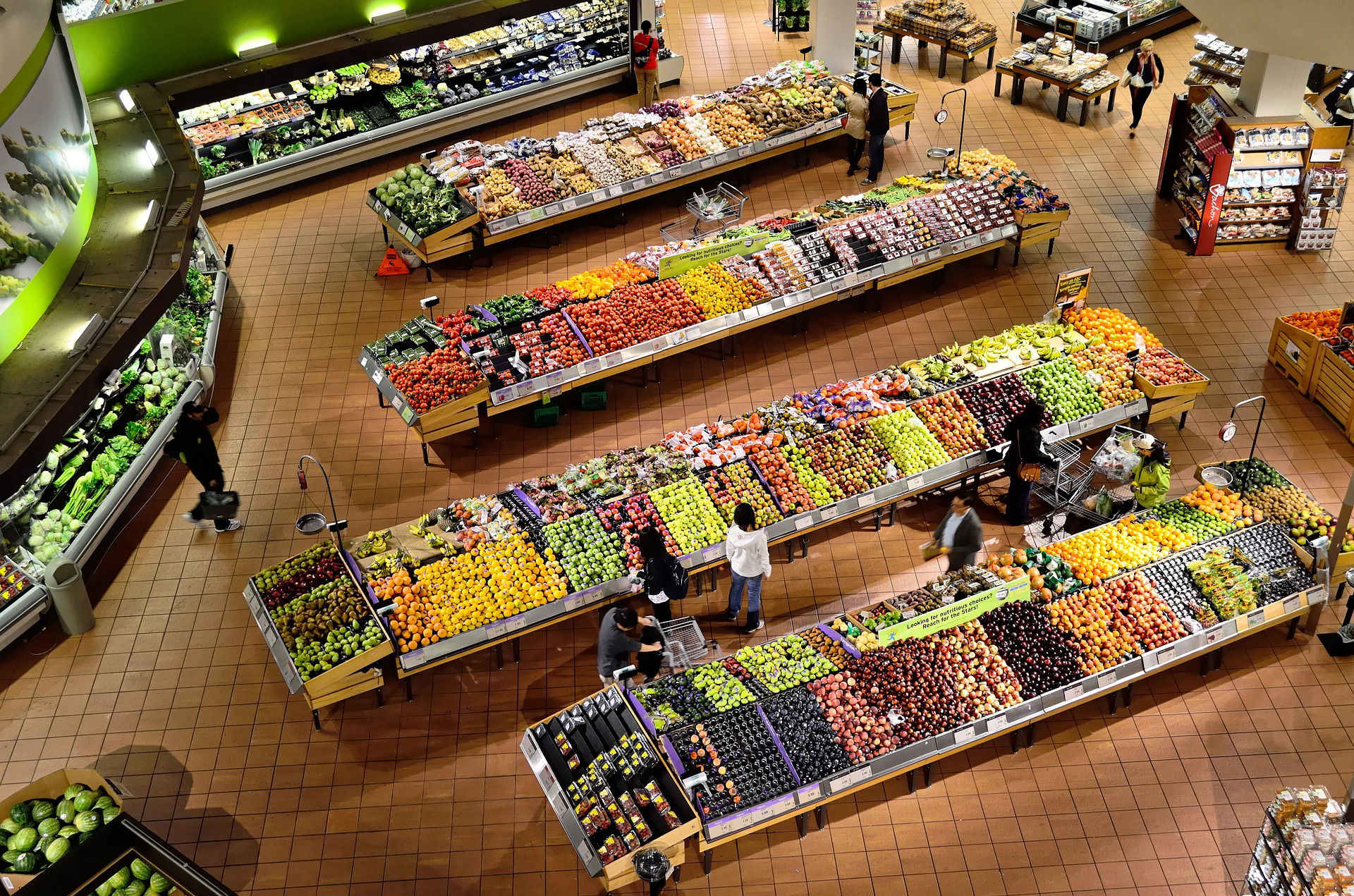
While these homemade vegetable washes are effective in cleaning your produce, it's important to note that they cannot remove all potential risks. It's crucial to practice good food safety measures by washing your hands before and after handling vegetables, using clean cutting boards and utensils, and properly cooking your food. By following these practices, you can minimize the risk of foodborne illnesses and enjoy safe and clean vegetables.
In conclusion, making your own homemade vegetable wash is a simple and cost-effective way to clean your produce. By using ingredients like vinegar, lemon juice, baking soda, saltwater, or hydrogen peroxide, you can remove dirt, pesticides, and waxes from the surface of your vegetables. Remember to wash your vegetables before cutting, use a vegetable brush for stubborn dirt, and rinse thoroughly with running water. While these homemade washes are effective, it's important to remember that they may not eliminate all potential risks. Practice good food safety measures to ensure that you are consuming safe and clean vegetables.